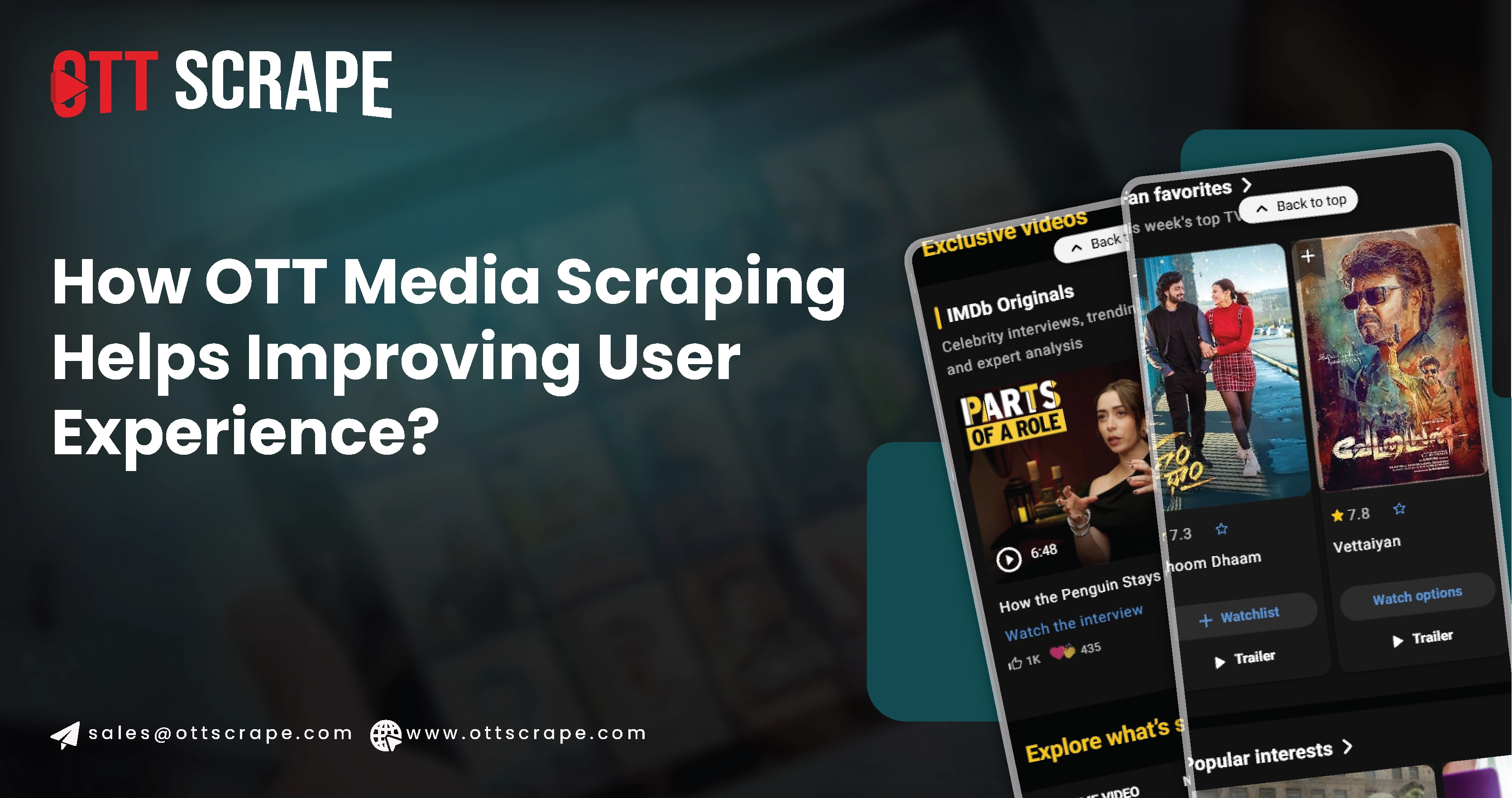 The entertainment industry is evolving rapidly, and much of this transformation is driven by the rise of Over-the-Top (OTT) media services. These platforms, which deliver content directly to consumers via the Internet, have become central to how people consume television, movies, sports, and music. With platforms like Netflix, Amazon Prime, Hulu, Disney+, and YouTube, OTT media has disrupted traditional broadcasting and cable TV models, offering greater flexibility, personalized content, and more on-demand viewing options.
The entertainment industry is evolving rapidly, and much of this transformation is driven by the rise of Over-the-Top (OTT) media services. These platforms, which deliver content directly to consumers via the Internet, have become central to how people consume television, movies, sports, and music. With platforms like Netflix, Amazon Prime, Hulu, Disney+, and YouTube, OTT media has disrupted traditional broadcasting and cable TV models, offering greater flexibility, personalized content, and more on-demand viewing options.As the OTT media landscape continues to grow, so does the need for businesses to collect and analyze vast amounts of data. One of the most effective ways to harness this valuable data is through OTT Media Data Scraping. This process, which involves automated data extraction from OTT platforms, is revolutionizing how businesses, content creators, marketers, and analysts approach the digital entertainment industry.
This article will explore how OTT Media Data Scraping is changing the digital entertainment landscape and how companies can benefit from it.
What is OTT Media Scraping?
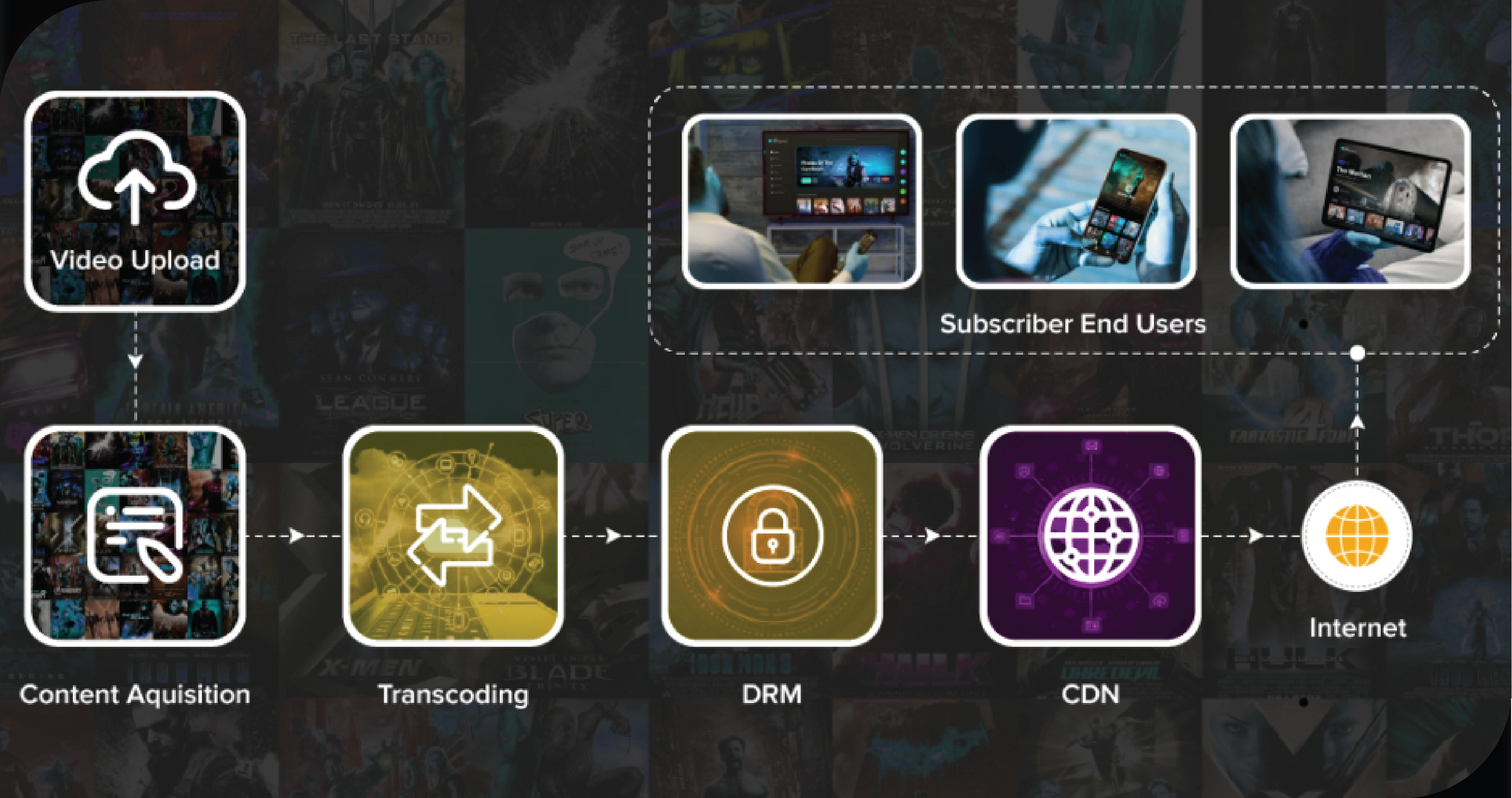 OTT media scraping refers to extracting data from various OTT platforms to gather insights about content performance, audience engagement, pricing strategies, and more. By scraping OTT platforms, businesses can collect a wealth of information, including metadata about movies, TV shows, user ratings, subscription models, viewer demographics, and more. This data can be used for various purposes, including competitive analysis, market research, content creation, and optimization of user experience.
OTT media scraping refers to extracting data from various OTT platforms to gather insights about content performance, audience engagement, pricing strategies, and more. By scraping OTT platforms, businesses can collect a wealth of information, including metadata about movies, TV shows, user ratings, subscription models, viewer demographics, and more. This data can be used for various purposes, including competitive analysis, market research, content creation, and optimization of user experience.With OTT Media Data Scraping Services, companies can automate the extraction process, saving time and resources while obtaining valuable insights at scale. This is especially important in the competitive world of OTT streaming, where understanding user preferences and content trends can make the difference between success and failure.
The Role of OTT Media Data Scraping in Content Discovery
 One of the most significant ways OTT Media Scraping is changing the landscape of digital entertainment is by enhancing content discovery. With an overwhelming number of movies, TV shows, documentaries, and other types of content on streaming platforms, it can be difficult for users to find new and relevant content that matches their interests.
One of the most significant ways OTT Media Scraping is changing the landscape of digital entertainment is by enhancing content discovery. With an overwhelming number of movies, TV shows, documentaries, and other types of content on streaming platforms, it can be difficult for users to find new and relevant content that matches their interests.Scrape OTT media data to track what users are watching, which genres are gaining popularity, and which titles are being watched the most. This data can then be used to recommend content to users, improve algorithms, and optimize content libraries. By collecting data on user engagement, companies can also identify what kinds of content resonate most with audiences and adjust their offerings accordingly.
For example, an OTT media company may scrape data from platforms like Netflix and Disney+ to monitor viewing behavior trends. If the data reveals a growing interest in fantasy TV shows, the company might decide to invest in creating similar content to capture that market.
Competitive Advantage in the OTT Industry
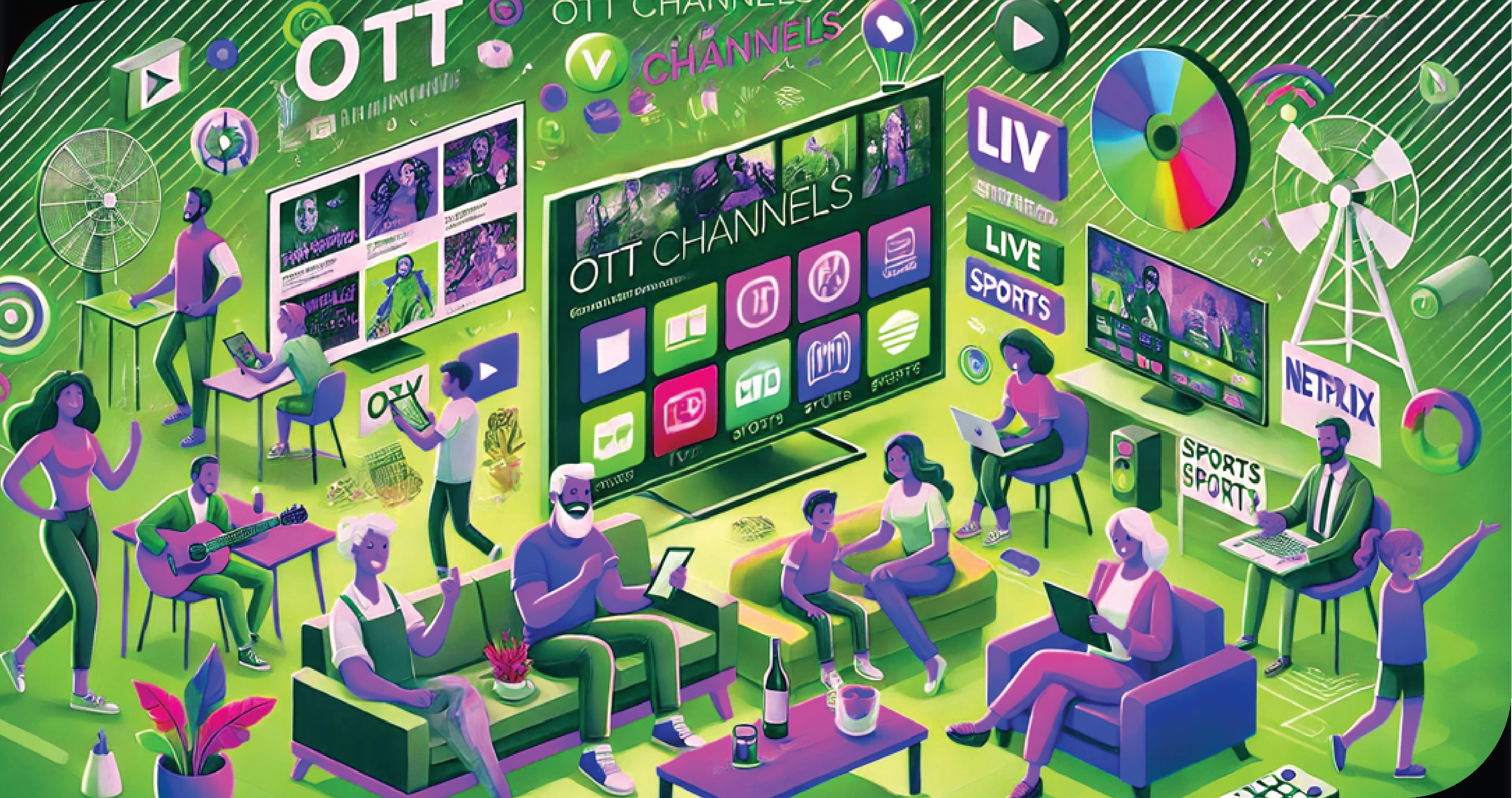 In the world of OTT streaming, competition is fierce. As more players enter the market, companies must find ways to differentiate themselves and attract users. OTT Media Data Extraction provides an edge by enabling businesses to monitor competitors and their real-time strategies.
In the world of OTT streaming, competition is fierce. As more players enter the market, companies must find ways to differentiate themselves and attract users. OTT Media Data Extraction provides an edge by enabling businesses to monitor competitors and their real-time strategies.Using OTT Media Data Scraper, businesses can track competitor content libraries, subscription pricing, promotional campaigns, and user reviews. This information can be crucial in making strategic decisions. For example, a company might use OTT media data to identify gaps in a competitor's content library and fill those gaps with original programming or exclusive partnerships.
Furthermore, by Web Scraping OTT Media Data such as user ratings, reviews, and viewing times, businesses can gauge the success of their content compared to competitors. They can also monitor pricing and subscription models, adjusting their pricing strategies to remain competitive.
Improving User Experience through OTT Media Data Extraction
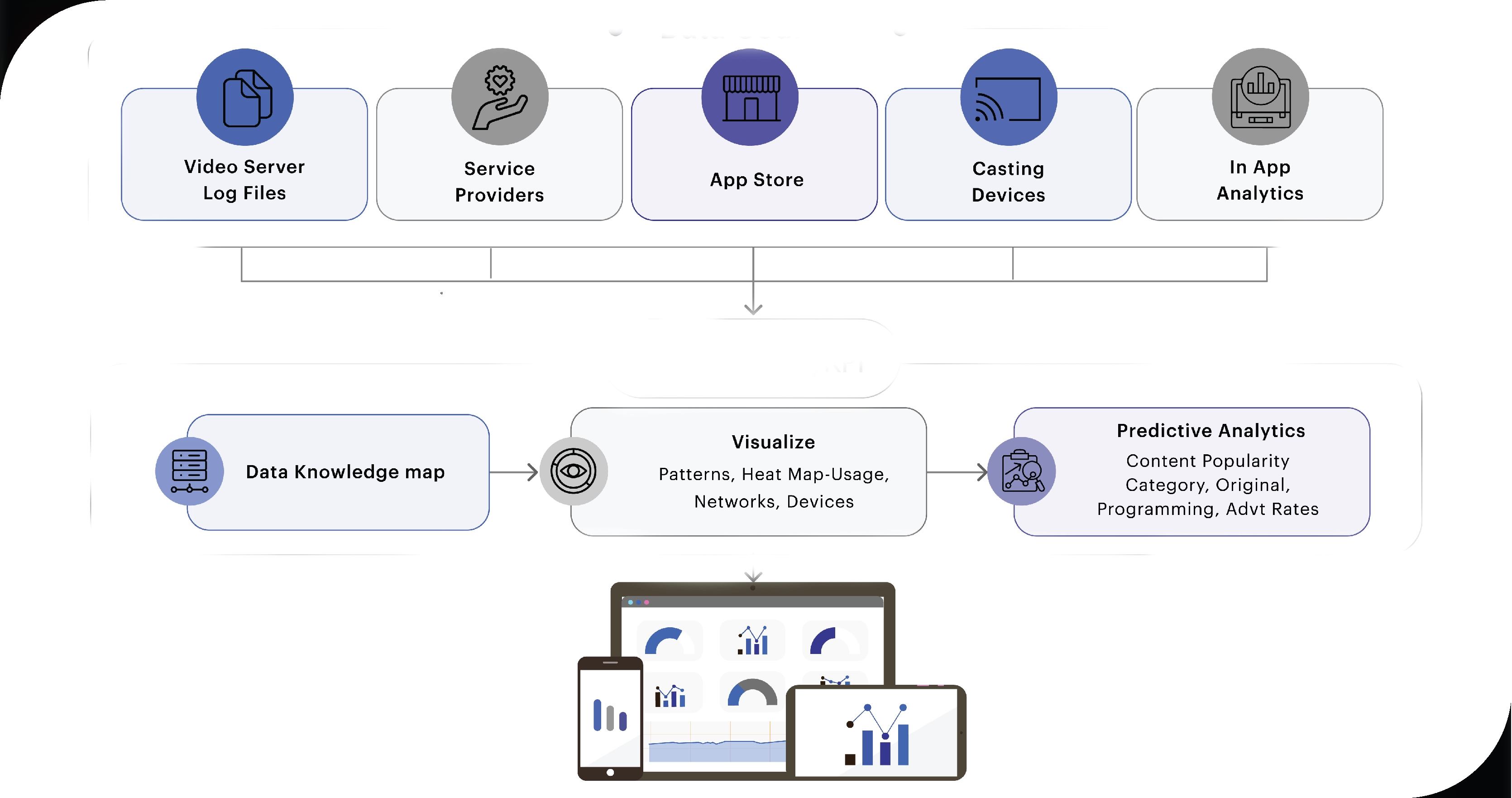 The user experience is at the heart of OTT streaming services. With so many options available, users will likely stay loyal to platforms offering a seamless, personalized viewing experience. OTT Media Data Collection plays a crucial role in improving the user experience. It enables companies to understand what users want, when, and how they interact with the content.
The user experience is at the heart of OTT streaming services. With so many options available, users will likely stay loyal to platforms offering a seamless, personalized viewing experience. OTT Media Data Collection plays a crucial role in improving the user experience. It enables companies to understand what users want, when, and how they interact with the content.For instance, by analyzing user activity data, companies can identify patterns in viewing behavior. This can lead to the development of personalized recommendation engines that suggest content based on previous viewing history. Similarly, it can reveal which parts of a platform are underperforming, allowing businesses to make adjustments and improve their interfaces.
Additionally, businesses can use data to optimize video streaming quality, ensuring that content is delivered in the best possible resolution and with minimal buffering. OTT Media Streaming Data can also provide insights into how users engage with different types of content, helping companies tailor their platforms to meet the needs of specific demographics or regions.
Market Research and Audience Insights
 Market research is essential for any business, and the OTT media industry is no exception. By using OTT Media Data Scraping techniques, companies can gain valuable insights into audience preferences, content performance, and market trends. This information can be used to make informed decisions about content acquisition, original productions, and marketing strategies.
Market research is essential for any business, and the OTT media industry is no exception. By using OTT Media Data Scraping techniques, companies can gain valuable insights into audience preferences, content performance, and market trends. This information can be used to make informed decisions about content acquisition, original productions, and marketing strategies.For example, by scraping OTT Media Streaming Data, businesses can identify popular genres, themes, or actors that attract large audiences. This data can be used to tailor content to target specific audience segments, ensuring that the platform's offerings align with what users are seeking.
Moreover, OTT Media Data Scraping can help businesses understand regional preferences, allowing for more localized content offerings.
Optimizing Pricing and Subscription Models
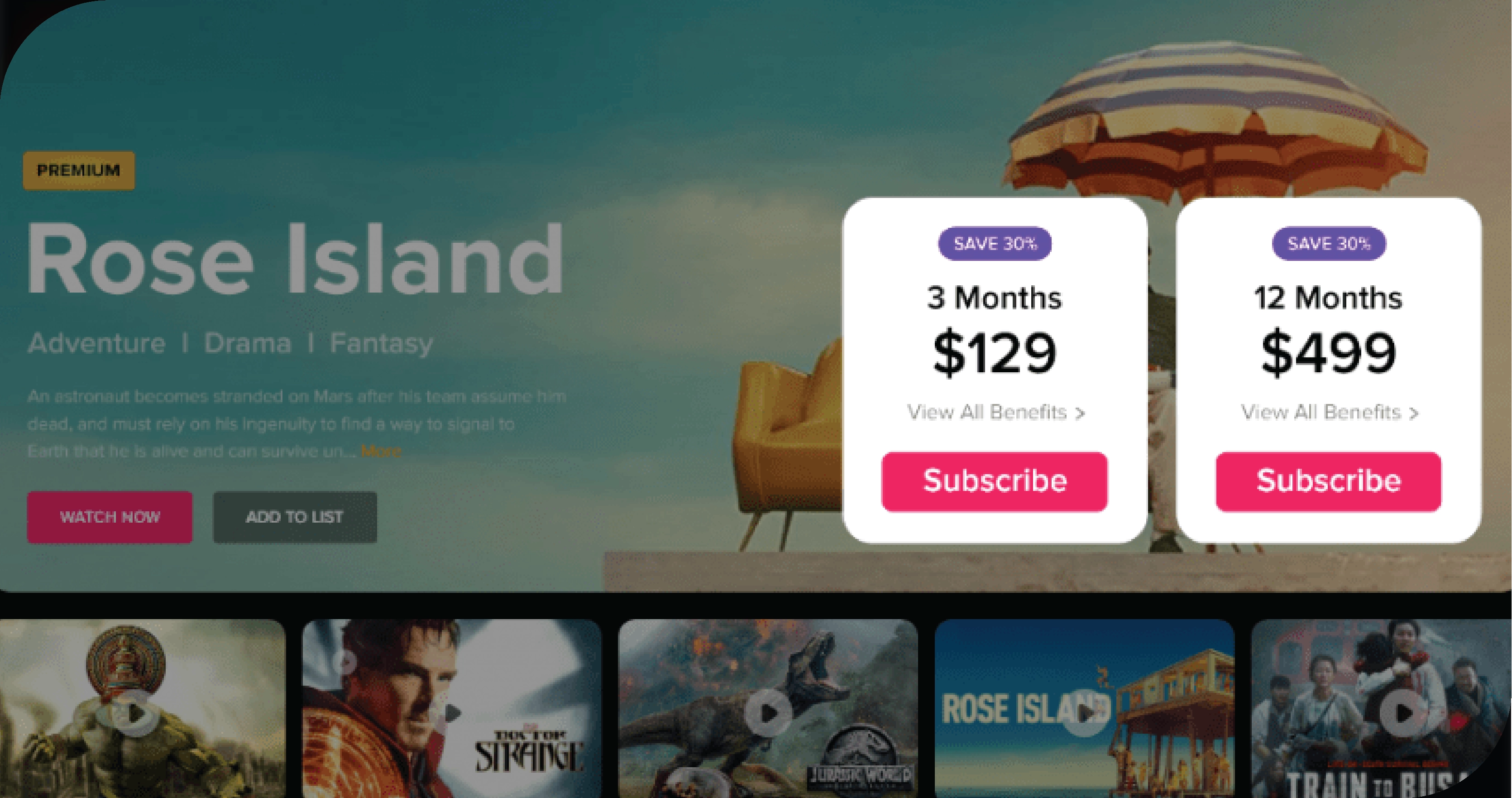 Pricing plays a crucial role in the OTT media business. With the rise of subscription-based models like SVOD (Subscription Video on Demand) and AVOD (Advertising Video on Demand), businesses need to constantly evaluate and optimize their pricing strategies to maximize revenue and attract subscribers.
Pricing plays a crucial role in the OTT media business. With the rise of subscription-based models like SVOD (Subscription Video on Demand) and AVOD (Advertising Video on Demand), businesses need to constantly evaluate and optimize their pricing strategies to maximize revenue and attract subscribers.OTT Media Data Scraping Services can be leveraged to monitor competitor pricing strategies and identify patterns in user behavior related to pricing. Businesses can make data-driven decisions to attract more customers or retain existing ones by collecting data on pricing plans, discounts, and offers.
For example, a company may scrape data to understand what pricing models work best in different regions or for different types of content. If one streaming platform offers a discounted subscription for new customers, a competitor may decide to implement a similar promotion to remain competitive. Additionally, businesses can use OTT Media Data Scraping to monitor the impact of subscription changes on user retention and churn.
Legal and Ethical Considerations of OTT Media Scraping
 While OTT Media Data Scraping offers tremendous opportunities, it comes with legal and ethical considerations. Web scraping, especially from large streaming platforms, must be done in compliance with relevant laws and regulations. Many OTT platforms have terms of service prohibiting scraping, so businesses must be careful not to violate these terms.
While OTT Media Data Scraping offers tremendous opportunities, it comes with legal and ethical considerations. Web scraping, especially from large streaming platforms, must be done in compliance with relevant laws and regulations. Many OTT platforms have terms of service prohibiting scraping, so businesses must be careful not to violate these terms.To avoid potential legal issues, companies should ensure they are scraping publicly available data and refrain from scraping copyrighted or restricted content. Ethical considerations also come into play, as scraping large volumes of data can put undue strain on servers or infringe on user privacy.
Future of OTT Media Scraping
 As the OTT media landscape continues to evolve, so will the role of data scraping in the industry. The growing popularity of smart TVs, mobile devices, and streaming services creates new opportunities for businesses to gather data. In the future, OTT Media Data Extraction techniques may become even more sophisticated, incorporating machine learning and artificial intelligence to analyze patterns in streaming behavior.
As the OTT media landscape continues to evolve, so will the role of data scraping in the industry. The growing popularity of smart TVs, mobile devices, and streaming services creates new opportunities for businesses to gather data. In the future, OTT Media Data Extraction techniques may become even more sophisticated, incorporating machine learning and artificial intelligence to analyze patterns in streaming behavior.Moreover, the increasing emphasis on personalized content and user experiences will make data scraping an even more valuable tool. Companies must continually refine their scraping techniques to adapt to changing technologies and platforms.
Conclusion:
OTT Media Data Scraping is significantly changing the digital entertainment landscape. By extracting valuable data from OTT platforms, businesses can better understand content performance, audience preferences, and market trends. From improving content discovery to optimizing pricing models and enhancing user experience, OTT media scraping provides a competitive edge in an increasingly crowded market.
As the OTT industry continues to grow, so will the role of data scraping in shaping the future of digital entertainment. Extract OTT Media Data to make data-driven decisions that help them stay ahead of the competition and create better, more personalized user experiences.
The insights gained from scraping data transform how businesses approach the OTT space.
Embrace the potential of OTT Scrape to unlock these insights and stay ahead in the competitive world of streaming!
#OTTMediaDataScraping
#OTTMediaDataScrapingServices
#OTTMediaDataScraper
#OTTMediaStreamingData
#ScrapeOTTMediaData
#OTTMediaDataExtraction
#ExtractOTTMediaData
#OTTMediaDataCollection
#WebScrapingOTTMediaData